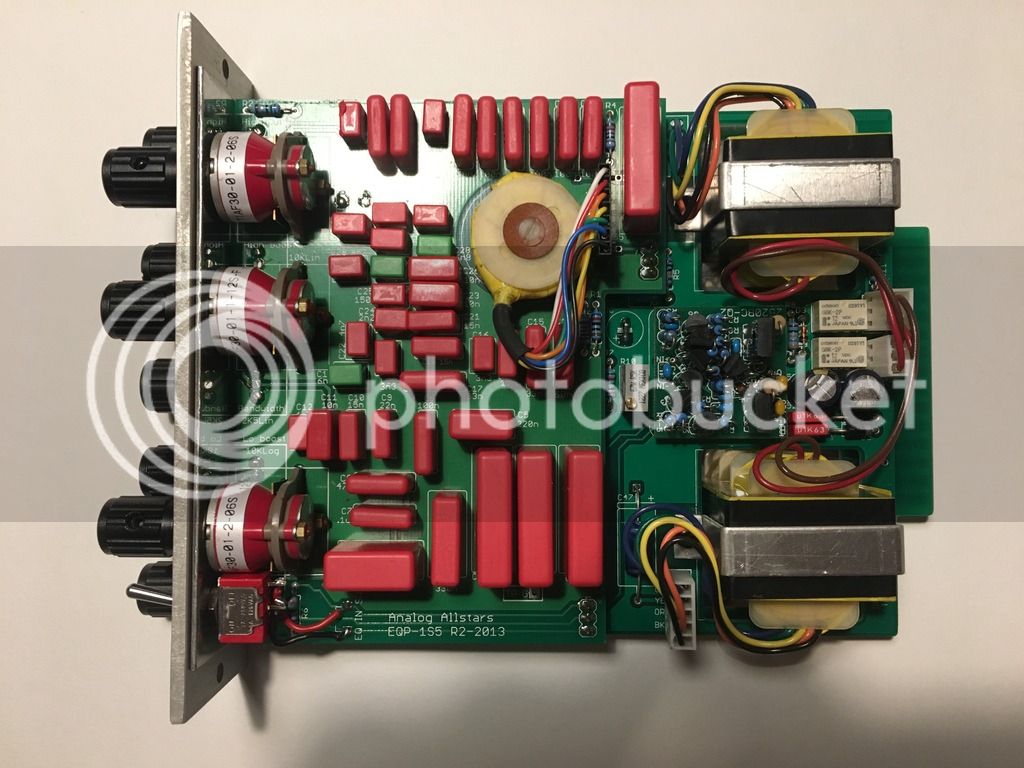Thanks for the reply Mitsos.
I resoldered all the connections and confirmed that I have the transformers plugged in correctly. I also tried lowering the input signal, no luck. I've been checking the signal with the scope directly at the plugs on the tranny, so I know it's not the pins on the board.
An interesting new find, If I use a sin generator and the scope I can get sin waves of 20hz on up to 3k show up at the brown lead of the input tranny. Once I move the probe to the orange lead on the other side of the tranny the amplitude of anything below 400hz is super low, gradually growing until the higher frequencies are very loud, which correlates with how audio sounds going through it, no bass and distorted highs. Since I'm measuring right at the wire ends where they meet the molex I feel like there must be something going on inside the tranny.
Any further thoughts anyone? Thanks for the help.
-mike


















